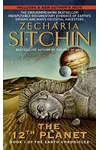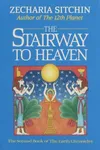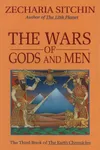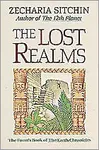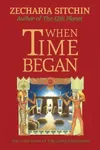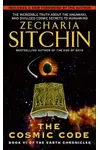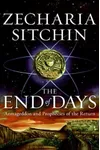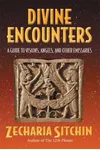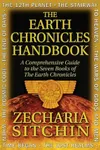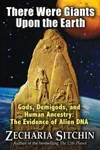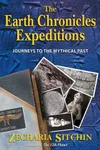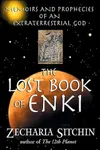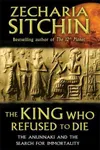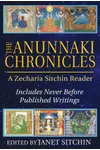Picture an author who spun ancient myths into cosmic adventures—meet Zecharia Sitchin! Born in Azerbaijan and raised in Palestine, this non-fiction visionary captivated readers with his Earth Chronicles series, blending archaeology, ancient languages, and extraterrestrial theories. His bold ideas about alien influences on human history sparked debates, sold millions of books, and left a lasting mark on alternative history enthusiasts.
Sitchin’s knack for decoding Sumerian and Akkadian texts set him apart. He proposed that the Anunnaki, extraterrestrials from a distant planet called Nibiru, shaped early civilizations. Whether you’re a skeptic or a believer, his storytelling invites you to rethink humanity’s origins with a sense of wonder.
The Making of Zecharia Sitchin
Born on July 11, 1920, in Baku, Azerbaijan, Zecharia Sitchin moved to Palestine as a child, where he soaked up Hebrew and Near Eastern history. A graduate of the University of London with a degree in economic history, he worked as a journalist and editor in Israel before diving into his true passion: ancient texts. His fluency in Hebrew, Sumerian, and Akkadian fueled his unique perspective, leading him to challenge mainstream archaeology with cosmic theories.
Sitchin’s fascination with Sumerian clay tablets sparked his lifelong mission. He believed these ancient records weren’t just myths but historical accounts of extraterrestrial visitors. This bold hypothesis became the cornerstone of his writing career, starting with his groundbreaking debut in 1976.
Zecharia Sitchin’s Unforgettable Stories
Sitchin’s Earth Chronicles series, spanning seven core books, is his magnum opus. His first book, The 12th Planet (1976), introduces Nibiru, a hypothetical planet with a 3,600-year orbit, home to the Anunnaki. Sitchin argues these beings engineered humans to mine gold, blending Sumerian myths with biblical references. It’s a thrilling mix of scholarship and speculation that hooked readers worldwide.
The Stairway to Heaven (1980) dives into immortality myths, linking Egyptian pyramids and the Sinai Peninsula to Anunnaki spaceports. The Wars of Gods and Men (1985) explores ancient conflicts, suggesting nuclear weapons caused biblical disasters. The End of Days (2007) ties prophecies to modern times, keeping readers on edge. Sitchin’s style is dense yet accessible, weaving translations of ancient texts with bold hypotheses. Though criticized for lacking empirical evidence, his books, translated into over 25 languages, resonate with those curious about humanity’s cosmic roots.
Beyond the series, companion works like Genesis Revisited (1990) and The Lost Book of Enki (2001) expand his theories, blending science, mythology, and narrative. His ability to make complex ideas engaging earned him a loyal following, despite academic skepticism.
Why Zecharia Sitchin Matters
Sitchin’s work ignited a global conversation about human origins, inspiring alternative history fans, sci-fi creators, and even pop culture. His ideas influenced films like Stargate and video games like The Conduit, embedding the Anunnaki in modern storytelling. While mainstream scholars dismiss his translations as mistranslations, his millions of readers value the imaginative leap he took, encouraging them to question established narratives.
Sitchin’s legacy endures through his books, seminars, and the annual Sitchin Studies Day, celebrated on October 9, the anniversary of his passing in 2010. He didn’t just write—he invited us to dream bigger about our place in the cosmos.
- Born: July 11, 1920, Baku, Azerbaijan
- Died: October 9, 2010, New York, USA
- Key Works: The 12th Planet, The Stairway to Heaven, The Wars of Gods and Men, The End of Days
- Languages: Fluent in Hebrew, Sumerian, Akkadian
Ready to explore the cosmos? Grab The 12th Planet and dive into Zecharia Sitchin’s thrilling world of ancient astronauts!
